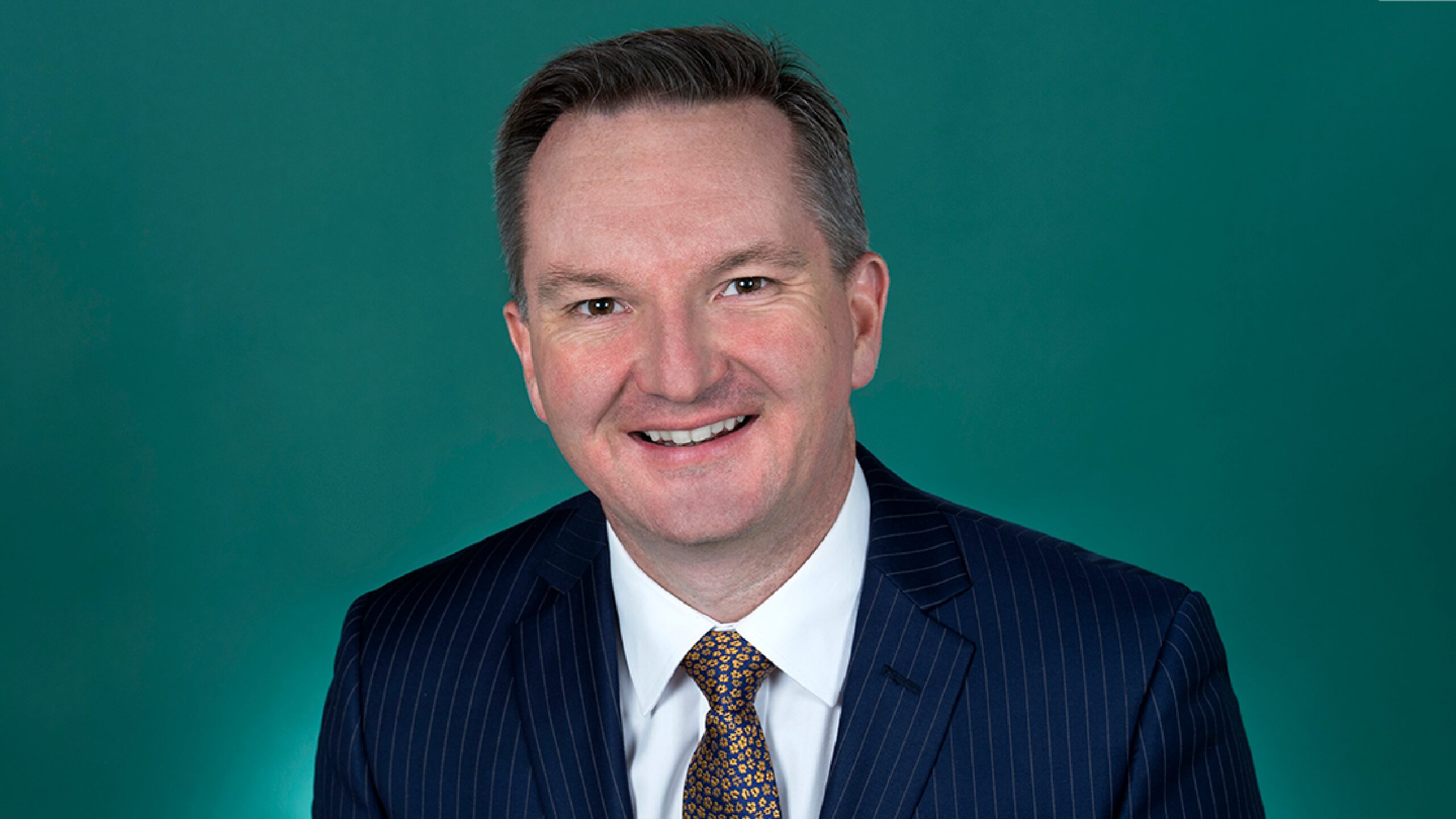Get travelling: No excuse for SMSF shares xenophobia
Australia’s army of self-managed super fund (SMSF) proprietors show their patriotism in their asset allocation: while they have just under 30% of their portfolios in Australian shares, on the most recent data, their international share holdings are a fraction of this, at 1.2%.
Most investors have a natural “home bias” toward companies they know well – and in the case of Australian investors, that preference is only strengthened by the free kick that dividend franking gives them. But the case – indeed, the necessity – for international diversification has never been stronger.
Firstly, Australia represents less than 2% of the global stock market by capitalisation, and secondly, the Australian stock market is highly concentrated at the top end. The top ten stocks account for almost half of the Australian market’s benchmark index, and are dominated by banking and resources stocks, with global biotech leader CSL thrown in.
Domestic-oriented Australian portfolios are relatively light on some of the major thematic drivers of the global economy, and consequently do not pick up, to the extent they could, some of the most powerful economic drivers in the world.
For example, Australians cannot invest on a large scale in the technology industry at home – although the ASX does have some emerging tech leaders, it has nothing of the scale of businesses like Apple, Microsoft, Samsung, Amazon, Alphabet (Google’s parent company), Twitter, Facebook, Netflix, Tencent, Alibaba, Tesla and Taiwan Semiconductor Manufacturing. The Australian exchange doesn’t have any major telecommunications suppliers or aerospace companies. We don’t have any large-cap drug companies like Pfizer, Johnson & Johnson, Roche, Novartis and Merck, or in consumer champions of the likes of Nestlé, Unilever, AB InBev and Procter and Gamble. Investors who want to be well diversified have to look outside this market more than ever before.
It is probable that many SMSFs pick up global exposure through some part of the unlisted managed fund investments that they hold (17% of assets) – there is $600 billion invested in Australian-offered international shares managed funds – but the under-representation of international equities is still stark, when compared to professional investment.
The nation’s sovereign wealth fund, the Future Fund, for example, has $30.8 billion invested in developed-markets shares (19% of the portfolio) and $13.9 billion (8.6% of the portfolio) invested in emerging-markets shares. That comes to 27.6% of the portfolio in overseas shares, compared to just $9.9 billion worth of Australian shares, or 6.1% of the portfolio.
At March 2020, according to Rainmaker, Australian industry funds held 24.9% of their assets in international shares, down from 26.6% as at December 2019. This compares to 17.6% in domestic shares (down from 21.3% at the end of 2019.)
It has actually never been easier to get international exposure. There are 84 exchange-traded funds (ETFs) offering exposure to global shares, ranging from the $3.2 billion iShares S&P 500 ETF (IVV) to quite small factor-based and strategy-based ETFs, in which an international holding can be established by buying one share, and investing any amount, on the ASX.
The emergence of global online stockbroking means that there is nothing stopping an Australian investor buying (and trading) major high-growth global stocks like Apple, Amazon, Alibaba, Baidu, Facebook, Alphabet (Google’s parent company), Netflix, NVIDIA, Tesla, Twitter, General Electric or Siemens, either though the shares or American Depositary Receipts (ADRs), by which many top global companies trade on the US sharemarket.
Australia’s second stock exchange, Chi-X, trades a product called Transferable Custody Receipts (TraCRs), also covered in this edition. Another product that gives access to global shares is fund manager AtlasTrend’s diversified portfolios, of ten to 15 major international shares each, with capitalisations of US$1 billion or more, built around three major “Trends,” which are long-term structural investment themes that the manager believes have global impact and strong growth characteristics. At the time of writing, Atlas Trend offered
- Big Data Big: invests in areas such as technology, software, cloud computing, data centres, cyber-security and networking. Examples of stocks held in this trend are Alphabet and Apple.
- Clean Disruption: invests in areas such as renewable energy, battery technology, electric vehicles, recycling, and efficient materials. Examples of stocks held in this trend are BYD Company and Vestas Wind Systems.
- Online Shopping Spree: invests in areas such as e-commerce retailers, logistics, and online marketplaces. Examples of stocks held in this trend are Amazon and FedEx.
AtlasTrend makes global investment very easy, with minimum investment amounts of $1,000 (in one dollop) or $100 a month, and the investment costs 0.99 per cent a year, plus a 15 per cent performance fee if the investment makes a return above the MSCI World Net Total Return ex-Australia Index, in A$.
Of course, buying overseas shares can introduce currency risk, which is a bet that can have a number of outcomes. If the price of the foreign assets rises, you get a capital gain. The important question then is the value of those assets in the investor’s local currency. Here’s what can happen:
- If the foreign currency strengthens against the Australian dollar, your capital gain is magnified.
- If the foreign currency loses ground against the $A, your capital gain is reduced.
- Conversely, if your foreign assets fall in value, you don’t want the foreign currency to weaken against the $A, because that will increase your loss.
- With a falling asset price, you want the foreign currency to strengthen against the $A, to offset some of your capital loss.
Unless a foreign investment is currency-hedged – that is, its foreign-currency exposure is hedged back to Australian dollars, at a locked-in price – investors run the risk of the US$/A$ exchange rate affecting returns. Currency risk can at times augment returns, just as it could, in other circumstances, work against them.
While this might put off some investors, others may view the currency risk as actually another layer of diversification: given that most Australian investors hold at least 70%-80% of their assets in A$, a range of currency outcomes, that are not just A$-based, might be attractive. These investors see currency as an extra layer of portfolio diversification: they want to include the relative performance of the foreign currency to the $A as part of their investment strategy. Conversely, hedged investments – and the A$ denomination of TraCRs – will remain attractive to many other investors.
Whatever the vehicle, and whatever the hedging strategy – there is no longer any excuse for not tapping into all that the global sharemarket has to offer.










